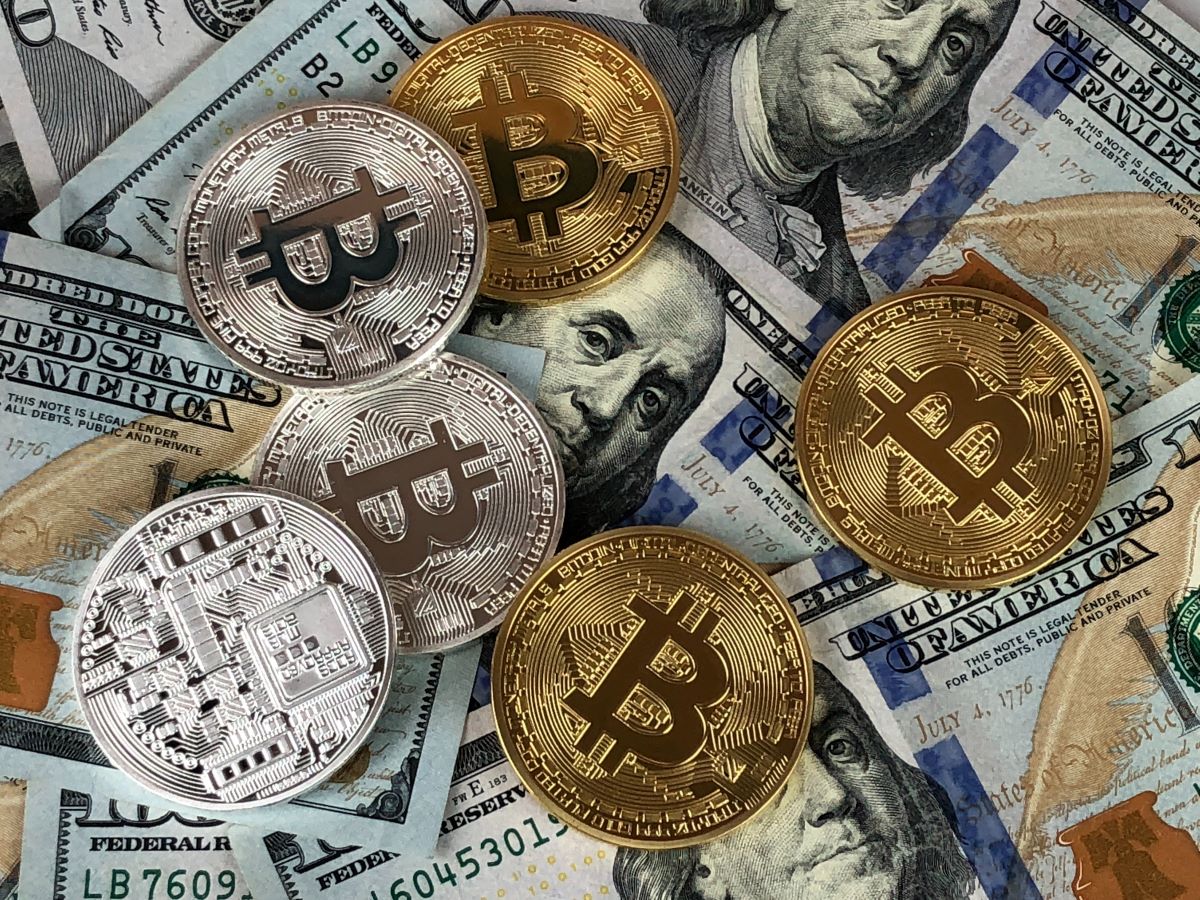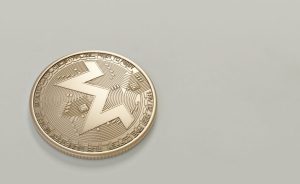Why Integrating Cryptocurrency Payments Will Put Your Business One Step Ahead Of The Game

From a low of $27,000, ‘digital gold’ Bitcoin reached a high of $69,000 in the past year. The wide price range may immediately make you think of risk, which may make you hesitant to incorporate cryptocurrency into your business model. However, as entrepreneurs, we know that making money on an enterprise scale requires a an adaptive and innovative mode of thinking. If you’re not offering consumers the opportunity to pay for goods with cryptocurrency, you could be losing out on sales.
Moreover, the amount of educational content pertaining to the cryptocurrency realm is truly taking off. There are countless resources discussing digital currency. You want decentralized finance explained for you? There’s an article for that. Want to learn how an investment in cryptocurrency made two New York brothers multimillionaires in 2021? Find out now.
While it’s certainly true that most cryptocurrencies experience a high level of volatility, they also offer the potential to skyrocket in value. Furthermore, from a technological standpoint, it makes sense that millions of people consider Bitcoin and other cryptocurrencies to be a natural next step in the ever-changing world of business transactions.
What Is Cryptocurrency?
Put simply, cryptocurrency is a digital form of money. Though there are many cryptocurrencies, Bitcoin is one form of cryptocurrency, and the one most people hear about. Bitcoin is a technology, and currency is the first application.
Bitcoin is what money would look like if we invented it today instead of thousands of years ago. It was created as a way for people to send money over the internet. There is no central authority (i.e. banks) controlling its supply, distribution, or existence.
Though Bitcoin is decentralized, Bitcoin transactions are public, traceable, and permanently stored in the Bitcoin network.
How Cryptocurrency Can Support Your Business Model
If a bank decides to invalidate a transaction, your business is often caught in the middle. With no banks, financial institutions, or governments standing between you and your customers’ money, cryptocurrency gives you autonomy, fairness, and freedom when dealing with your finances.
The first thing you need to do to start using cryptocurrency is open a wallet account – similar to a bank account but specifically for cryptocurrency. Each wallet account includes a unique address that customers use to send cryptocurrency payments.
There are two primary ways that cryptocurrency can support your business model. Both ways require integrating cryptocurrency into your Point of Sale.
If you run a cafe, restaurant, or a brick-and-mortar retail store, you most likely already have a PoS system at the checkout register. You can upgrade the most recent PoS machines with a Bitcoin wallet program. To accept payment in Bitcoin, simply type in the price. This generates a QR code that the customer can scan to complete the transaction.
For e-commerce transactions, it’s even easier. Most merchant wallets will provide a shopping cart and online payment plugins, checkout pages, and more, so it makes it relatively easy to add cryptocurrency as a payment option. Customers can either use their smartphone to send coins or manually type your address online. With a digital invoice, customers can simply click on your address link to pay.
The wallet account can either convert cryptocurrency to cash or save it for future use.
The Pros & Cons of Cryptocurrency
- Pro #1: Enhanced Security Via Blockchain Technology
Digital Currencies are dramatically less prone to the types of fraud small businesses often have to contend with. - Pro #2: Cuts Out The Middleman
Cryptocurrency can be used to execute and enforce two-party contracts on items like real estate and automobiles, thus eliminating expensive middlemen. - Con #1: Price Is Volatile
Fluctuating prices can create challenges for businesses, and individual cryptocurrencies can experience “flash crashes” - Con #2: Cryptocurrency Is Unregulated
Cryptocurrency is not regulated by any government or financial institution. Some see this as a benefit, but many see decentralization as a negative.
Final Thoughts On Cryptocurrency
Going into 2022, cryptocurrency will only get bigger. Integrating cryptocurrency into your business may be the logical move for expanding your global and e-commerce presence.





 In the early days of 2018, it’s a good time to consider what’s the same and what’s new as the new year unfolds. With investing specifically, some basic principles remain unchanged, but there are some new kids on the block to pay attention to as well.
In the early days of 2018, it’s a good time to consider what’s the same and what’s new as the new year unfolds. With investing specifically, some basic principles remain unchanged, but there are some new kids on the block to pay attention to as well. Bitcoin – and cryptocurrency in general – is creating many headlines in recent weeks. The staggeringly volatile market and the way Bitcoin jumped from $1,000 to over $17,000 within months garnered a lot of attention to the cryptocurrency. The popularity of Bitcoin also brought attention to other cryptocurrencies on the market, including Ethereum and Litecoin.
Bitcoin – and cryptocurrency in general – is creating many headlines in recent weeks. The staggeringly volatile market and the way Bitcoin jumped from $1,000 to over $17,000 within months garnered a lot of attention to the cryptocurrency. The popularity of Bitcoin also brought attention to other cryptocurrencies on the market, including Ethereum and Litecoin.